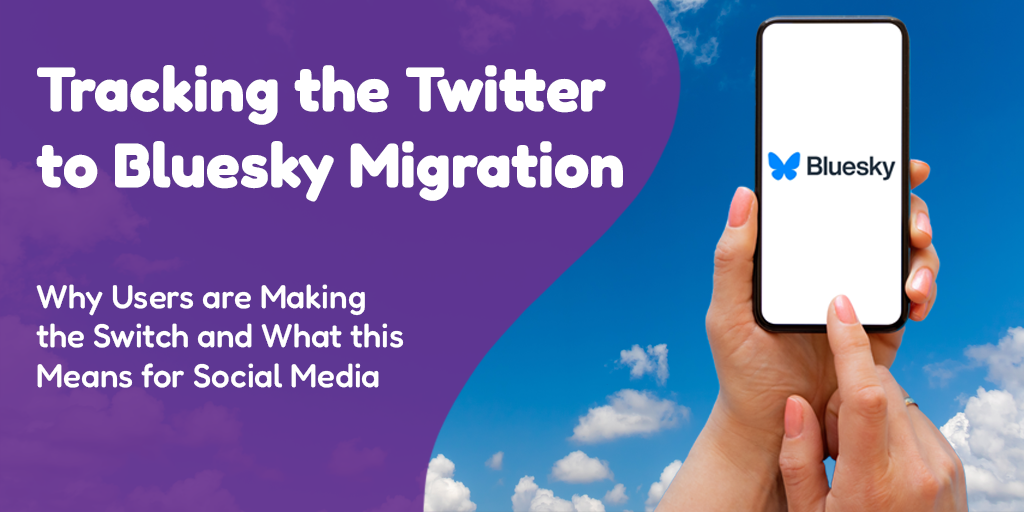 Posted by Aimee Cozza on September 12th, 2017
Posted by Aimee Cozza on September 12th, 2017
The more I work with clients online the more I realize that not a single business is immune from bad reviews online. Getting a bad review can certainly feel like the end of the world, especially if you’re a reputable business trying to keep up a good reputation online and you don’t have a whole lot of reviews to begin with. The good news is it’s not the end of the world — and often times not the end of your business, either — and handling a bad review in the right way can be super important.
Step 1: Don’t freak
A bad review can happen for lots of reasons. Maybe you had an off day, or there was a miscommunication between your business or someone in your business and your client. Maybe they were generally dissatisfied with the work done. Sometimes there are even just “bad” people who are unhappy no matter what you may do or say to resolve an issue. As a business, we need to take them all. Bad reviews can be looked at as showing that your business is genuine, existing, and operating.
Step 2: Don’t try to get it removed
Most places that invite reviews do not let you remove or hide bad reviews just because you want to. Showing a non-biased view of your business is important for customers to make an informed decision. Yelp and Google will not allow you to remove bad reviews just because they’re bad and you think it makes your business look bad. Many times the only way to get rid of a bad review is to “bury it” in good reviews — and that’s not necessarily a bad thing. And definitely DON’T try to remove the review based on reporting it for “violating the terms of services”. That won’t work and you might get in more hot water for filing a false claim.
Step 3: Let it sit
Responding to a review in the heat of the moment can leave you saying things that might not reflect well on your business. If you don’t have a non-biased business like hasOptimization managing your accounts, it may be better for you to step back for a few days before you respond.
Step 4: Respond & Empathize
Both Yelp and Google My Business publish your responses for the public to view, so make sure that you’re not coming off as belittling, condescending, or downright mean. Try to view the review as your customer may have intended to have written it; look for reasons between the lines as to why your customer may have been dissatisfied. There’s your side but then there’s the customer’s side.
Step 5: Offer resolution
When writing back to your dissatisfied customer, offer an explanation (not an excuse), apologize for their dissatisfaction, and then offer some sort of resolution. Extend an open hand to invite the customer back to try your product or service again. Most of the time, customers who were unhappy may look to take you up on your resolution. Sometimes you can’t please everyone, but at least you did your best to try.
Yelp allows you specifically to respond to a customer’s review either publicly or in private. This means that if you want to offer your customer a resolution to make them happy in the future, but you don’t want it to show on the page with their review, you can privately send them a message for more information about their dissatisfaction or to offer a resolution.
Step 6: Learn & grow
Many negative reviews are a looking glass into your company for issues you may not be seeing. Many times small changes can make a big impact on a customer’s perception of your business. For example, if a customer comes into your store and states that no one was there and they waited for 20 minutes before someone came around, offering a new way such as a bell or otherwise to alert someone that a customer has entered the store may be helpful. Many times very minute things can vastly affect the customer perception of your business. Give it a shot!
Let us know how you did in the comments below.





How do you handle an untrue bad review left by your competitor? Do you call it out for what it is, or just swallow it so you don’t come off looking bad?
Hi Shiela,
Great question! A lot of websites that allow reviews like Google My Business actually have something in their terms of services for these fake competitor reviews. These are actually worthy of reporting (especially if you can prove it!), but I wouldn’t place my bet on them actually getting removed in a timely manner. The best thing to do after reporting is to just carry on — respond to the review politely (so other readers don’t see you as a business pointing the finger; remember that your potential clients probably won’t be able to spot the fraudster) and then try to get more reviews to push it out of the apparent spotlight.